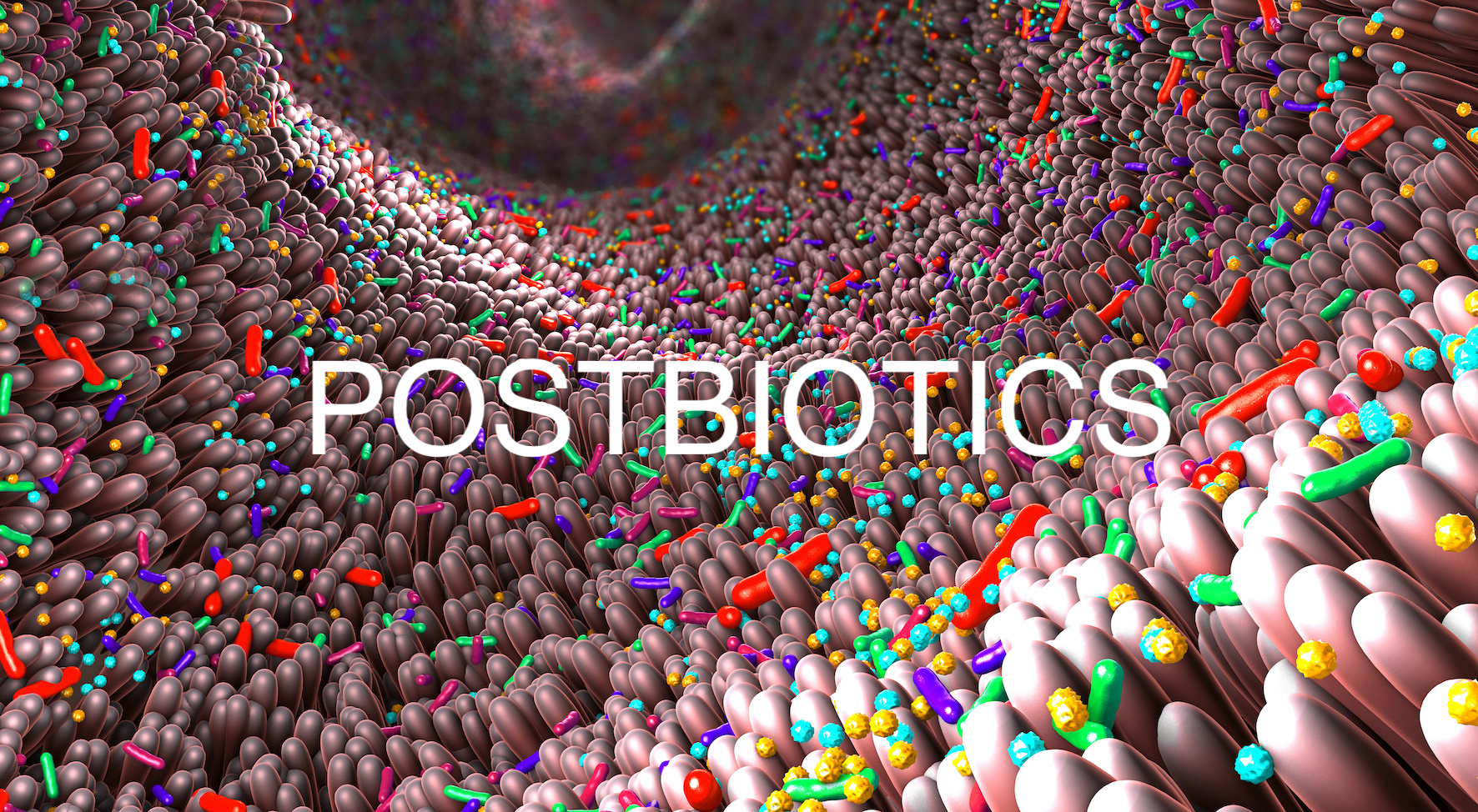By Raphaelle O’Connor, PhD
Modern consumers are becoming increasingly aware of the relationship between their nutritional food habits and their health. This trend for healthier foods and beverages, in addition to a growing need for convenience and naturality within the industry, has created a demand for more multifunctional food products with innate bioactives which provide a balanced diet and address specific health benefits.
Expanding on this idea, there are many areas between the food and beverage sectors, and other industries such as cosmetics, medicinal and healthcare, which overlap when it comes to the natural ingredients they use. These are known as convergents.
“Some ingredients and nutrients can even have a place in all three industries”
Outside the multiple benefits of our well established minerals and vitamins, examples of raw materials used in convergents are botanicals or spices that contain bioactives which have multifunctional properties and are relevant for products within the health, wellness, nutritional, and/or cosmetic industries with multiple connection points with target audience. Depending on the regulations and associated claims, some ingredients and nutrients can even have a place in all three industries.
For many consumers, healthy foods are products which contain fewer processed ingredients and are free from negatively perceived food additives. The same is becoming true of the cosmetics industry with more of a push for cleaner and safer products from big brands. Such formulations in food products, however, are generally physically and chemically less stable. This therefore has to be taken into account when considering an ingredient as a converging raw material.
One of the main benefits for companies in converging industries is that they are exposed to a brand new set of customers, suppliers, partners, and competitors. This can be seen as both a positive and a negative as they must learn to adapt to the new behaviours, preferences and expectations of each. The key to success lies in the positioning as well as the clearly communicated benefits to a strategically segmented audience.
The Innovation and Variation Influence
There is an opportunity here to develop products and services which meet the requirements of various different industries all at once. In the cosmetic industry, for example, certain ingredients derived from foods have been investigated to try and obtain healthier and more natural product offerings for their consumers. This could be promising as a new route for companies looking to stand out through channel variation.

By looking to other industries for inspiration where ingredients and nutrients are concerned, this has allowed more cross-sector renovation and innovation to occur to the benefit of each industry involved. For example, Wasabi (otherwise known as Japanese Horseradish) is a commonly used ingredient often seen in Sushi restaurants. However, in recent years, natural cosmetic companies such as Lush have spotted an area for innovation within their product ranges and introduced Wasabi as a key ingredient in some of their shampoo’s.
Additionally, innovative plant-based ingredients have been emerging in topical skincare. Nutrition is increasingly seen as a way of enhancing both inward and outward appearance and aesthetics. Certain claims are also transferring from sector to sector such as “Gluten-Free Skincare Supplements”. Oats, flaxseeds, honey, matcha, berries, algae, mushrooms, turmeric, moringa, charcoal and rice are other examples of natural ingredients with multiple functionalities and health benefits which are found across industries and categories and are powering the next generation of beauty routines.
This level of innovation among the industries can be a positive thing. Consumers become more concerned as companies involved strive to provide their own customers more natural, healthier and clean-label products. The demand for the latter is also backed by growing market trends and preferences.
Faria-Silvaa [1] refers to these types of products which fit under the convergent definition as ‘cosmeceuticals’ and defines them as topical products with effects on both skin appearance and functioning.
The blurring of personal healthcare, nutrition and beauty-from-within is creating new FMCG categories. ‘Nutricosmetics’, ‘Cosmeceuticals’ and ‘Nutraceuticals’ are also terms which have made an appearance in the industry over the past few years. They are defined (in order) as, “the consumption of food or oral supplements to produce an appearance benefit”, “cosmetic products containing bioactive ingredients which appear to have medical benefits”, and “any food or part of a food that provides medical or health benefits”. The growing popularity of these products means the market becomes more fragmented, revealing new commercial opportunities for savvy entrepreneurs and agile organisations to seed, grow and harvest.

Credit: Faria-Silvaa [1]
Let’s Look At Bioactives
I mentioned bioactives above, but how are they beneficial from a consumer and company perspective? Specific health benefits can be found in certain food products through personalised microstructures or the addition of bioactives. These products can be differentiated by their impact on the body as well as the delivery mechanism they use for the active ingredients they contain. Factors such as shelf stability, bioavailability, bioefficacy, of bioactive substances strongly depend on the food matrix and the type of protection chosen.
Bioactive substances can be stored in a capsule in solid powder particles or they can be microencapsulated in structured emulsions to provide controlled-release of nutrients. The former is likely to protect the bioactives from oxygen, light, and moisture which often makes this a good choice. [2]
Food ingredients are being included in cosmetics and other personal care products, as previously mentioned, with the aim of sharing the benefits to new consumer groups. Another consideration is with regards to the increasing relevance and demand for the implementation of a circular economy. A large number of food industry waste is being recovered and turned into added-value products through more sustainable and innovative extraction processes with the goal of being incorporated into cosmetic products among others. [3]
We can certainly encourage companies and entrepreneurs to examine the value of biotransformation and biodesign in their innovation workshops and portfolios as interesting areas for innovation. Fermentation and enzyme technology, for example, appearing high on the list of game-changing development opportunities for new functionalities and health benefits of bioactives.

Natural active food-derived ingredients are often marketed as having various benefits for our skin. Including them in food supplements and cosmetics is already a reality. The entire concept of beauty from the inside-out is a popular one with consumers as they are usually continuously on the search for products with multifunctional benefits. Exactly what convergents can offer them.
Consumers are constantly looking for better quality and more value for money at the same time. If they can purchase a product which offers them the benefit of feeling good and looking good at the same time, then it will be a winner. Success is all about naturality, convenience and well-targeted and communicated benefits, especially in our modern food, health, wellness and cosmetic industries.
REFERENCES
[1] Faria-Silva, C.; Ascenso, A.; Costa, A.M.; Marto, J.; Carvalheiro, M.; Margarida Ribeiro, H.; Simões, S. (2020) “Feeding the skin: A new trend in food and cosmetics convergence”. Trends in Food Science & Technology, 95. Pp. 21-32.
[2] Palzer, S. (2009) “Food structures for nutrition, health and wellness”.Trends in Food Science & Technology, 20. Pp. 194-200.
[3] Lamberti, L.; Lettieri, E. (2011) “Gaining legitimacy in converging industries: Evidence from the emerging market of functional food”. European Management Journal, 29. Pp. 462-475.
For any further information about this article, please find Raphaelle contact details: email : info@inewtrition.com tel: +353876765112




No comments! Be the first commenter?